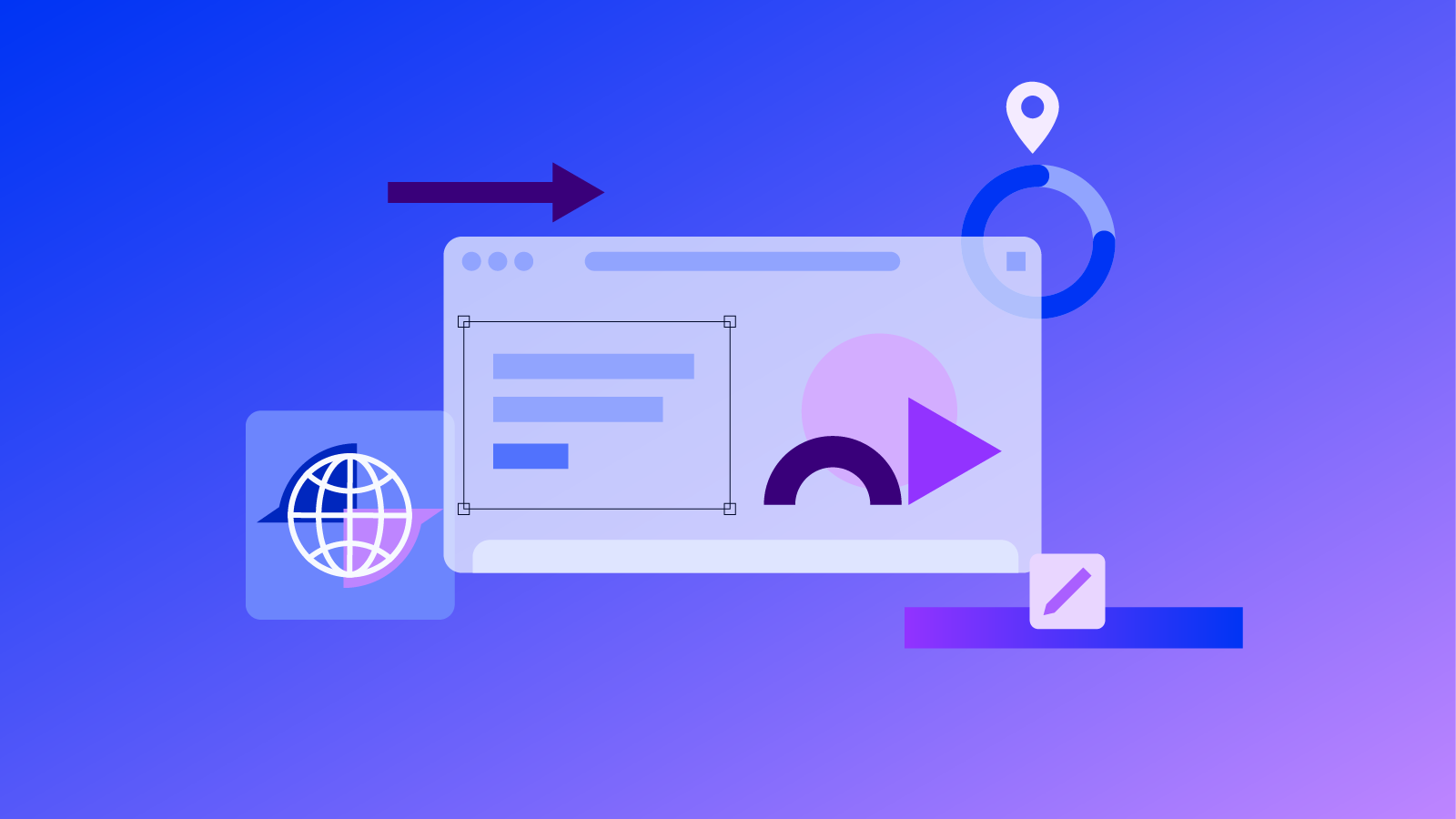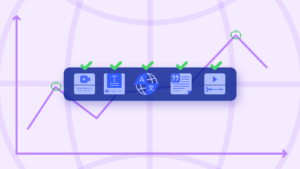To localise your website is a key component in international marketing. Localised websites typically provide tailored content, services, and information specific to a particular region or country. Some common features and offerings found on localised websites are language localisation, cultural adaptation, and adherence to local regulations and compliance.
Additionally, the localised website must also be optimised for SEO to increase its visibility on search engines. Localised keywords will help to channel traffic to your localised website from all your target languages and localities.
What is Website Localisation?
Localisation involves the translation of the original language to that of your target audience. This includes features such as dates, culture, values, market trends, etc to that of the target group.
In detail a complete website localisation involves;
- Language Localisation: Localised websites adapt their content to the local language of the target audience. They provide translations of website content to make it easier for users to interact with the site.
- Cultural Adaptation: Localised websites may adapt their design, images, and content to align with the local culture, customs, and preferences. This includes using culturally appropriate visuals, colours, or symbols to create a more immersive and relatable experience for the users.
- Local Regulations and Compliance: Websites operating in different regions often adhere to local regulations, privacy policies, and legal requirements. They may provide information regarding compliance with data protection laws, terms of service, and other legal obligations specific to the region.
- Using local keywords specific to the target audience for content optimisation.
Also, ensure that your services are accessible to your target market before localising content. The worst mistake is to drive traffic to your website only for users to find your content irrelevant.
The Difference Between Localisation and Translation
In our previous article, we defined localisation as a form of translation that takes into consideration the culture, values, and market trends of your target audience. The objective is to make an audience feel like your product was made for them or with them in mind.
Translation on the other hand involves the conversion of text or sentences from one language to another without losing meaning. Some language pairs may be even harder to translate than others, so you’ll also need to take note of that.
That said, we can now look at the various steps to undertake for complete website localisation.
Steps to Localise Your Website
Step 1: Identify and analyse your target market
Before you localise your website, you will need to identify your target audience. Research their cultural values, trends, slang, consumption patterns. Or engage a professional localisation company such as Auris AI who already has language and business experts onboard to help you with this stage of extensive research.
Step 2: Prioritise the sections of your website
Depending on the content, not everything requires localisation. For instance, an instructional video can do well with captions or voiceovers in the target language. On the contrary, localising your website from American to United Kingdom(UK) English will not only require a change in some of the pronunciation but also the date and time formats and measuring units.
Once done successfully, do not forget to notify your audience of the differences to help them navigate the website seamlessly.
Website localisation ideas can also be generated from the FAQ or comments section of your website. Analysing user feedback enables you to localise the website from a problem-based approach.
Step 3: Optimise the website for visibility
Original keywords become irrelevant when your website content is localised to a different language. You need to be well-informed about the language of your target audience, especifically the keywords they are likely to use when searching for content online.
These keywords can be effectively identified by native business and language experts. They understand the language and slang and are informed on what keywords fellow natives are likely to use on search engines.
Step 4: Proof-read and Test
Testing means trying to interact with your website the way your target audience will. In fact, the best way to test a website is by asking random people from your target market to asses its user-friendliness. This way, the information generated will not be biased or from a one-man’s perspective.
Localise your Website with Auris AI
A complete website localisation team comprises native speakers, business analysts, web designers, linguists, etc. Sourcing these people individually is costly because different experts charge different rates.
With this in mind, Auris AI has brought together all these experts under one cover and is key to ensuring the localisation strategy used will guarantee your website the positive change desired. Find out more about our localisation services here.
Final Thoughts to Website Localisation
A localised website puts you one step ahead of your competitors. As other businesses fight for the local market space, your website is already attracting traffic from people in different parts of the world who resonate with your products. In fact, a business may take forever to find consumers locally but pick up almost immediately when the same products are marketed globally.






